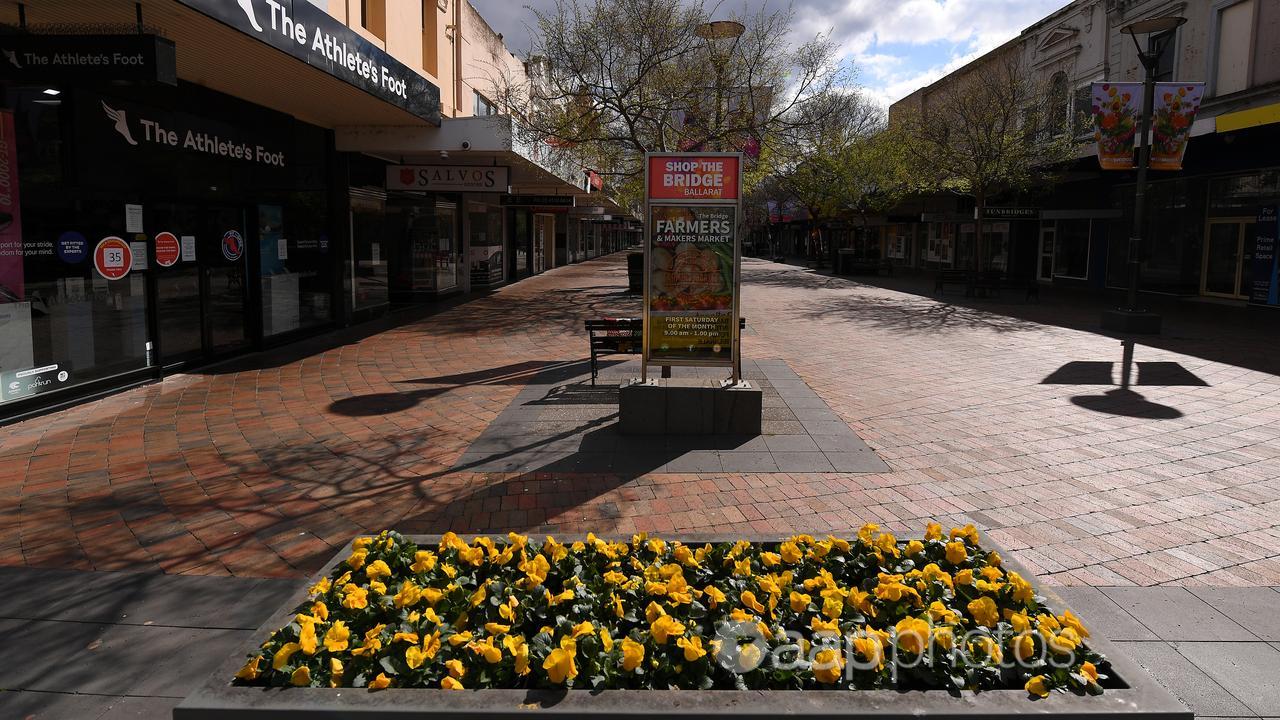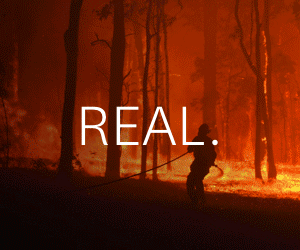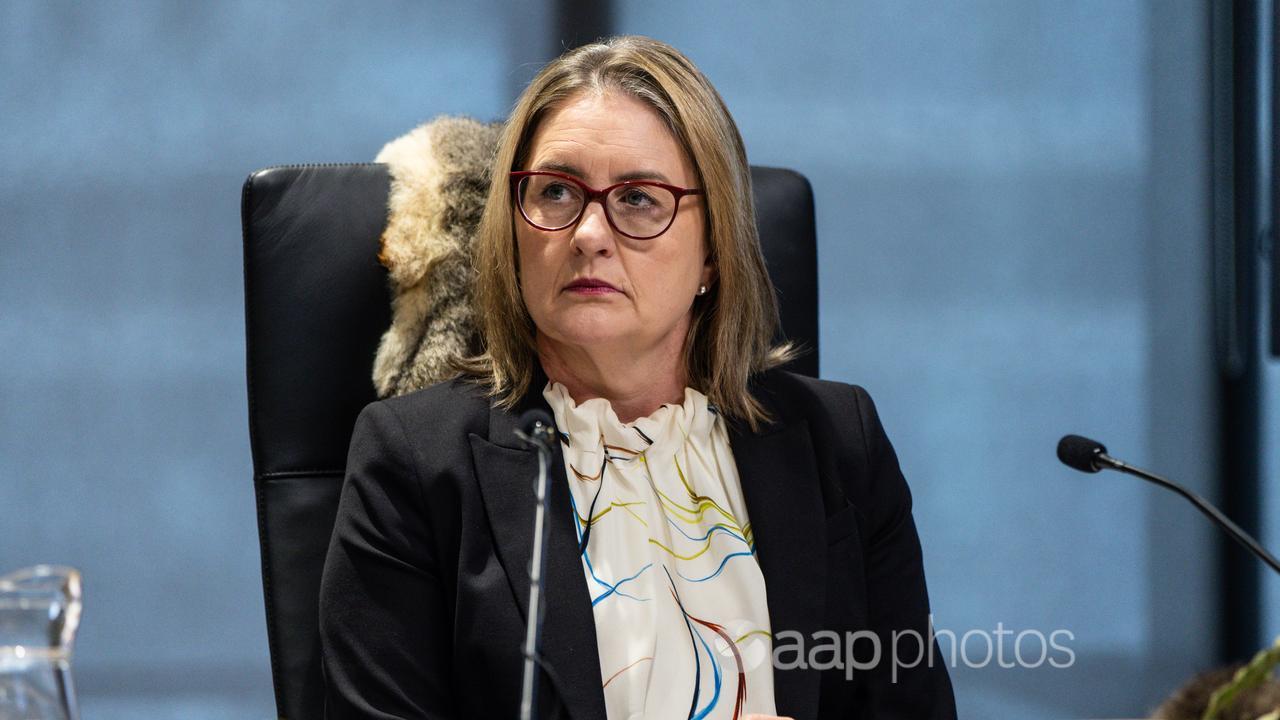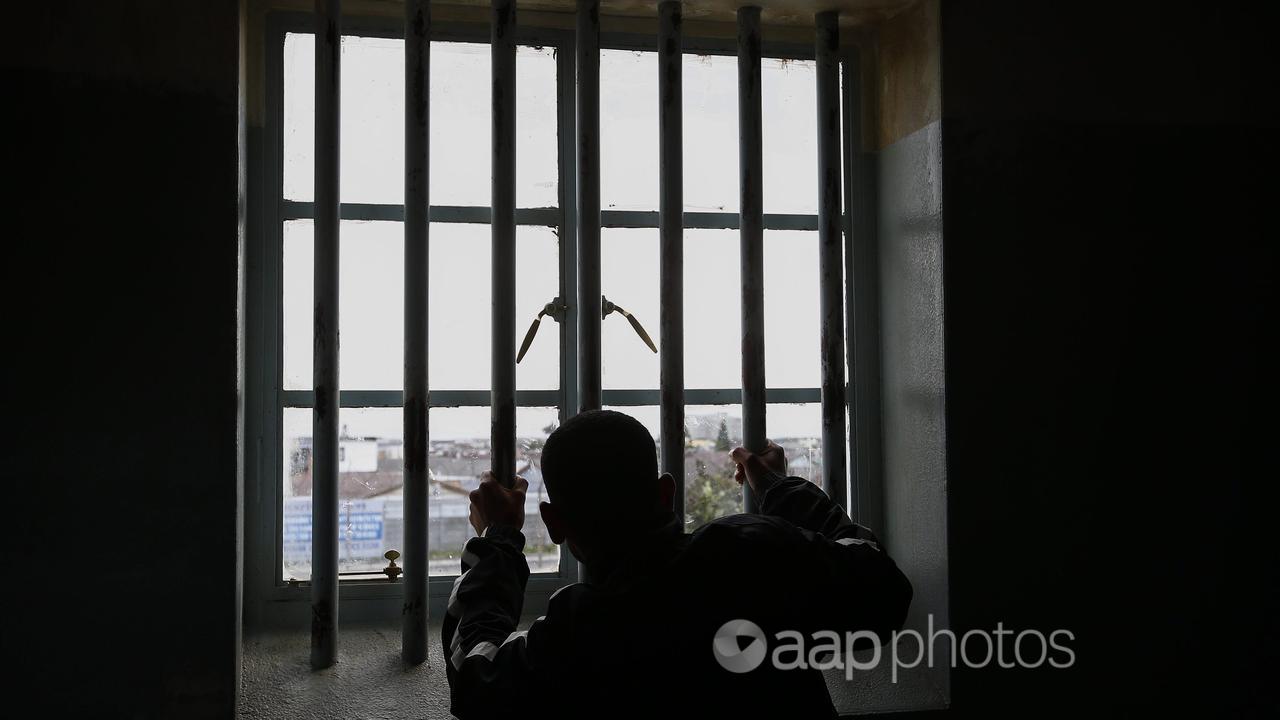The streets of Victoria’s Ballarat are steeped in history and heritage, but this year will be etched in locals’ memories for all the wrong reasons.
For them, 2024 has been defined by the February disappearance of a mother and the young man charged with her murder, the mining death of a father, and bushfires in neighbouring shires.
The search for the body of 51-year-old mother of three Samantha Murphy continues on sporadic new intelligence, while the 22-year-old man accused of her murder is due back in court in August.
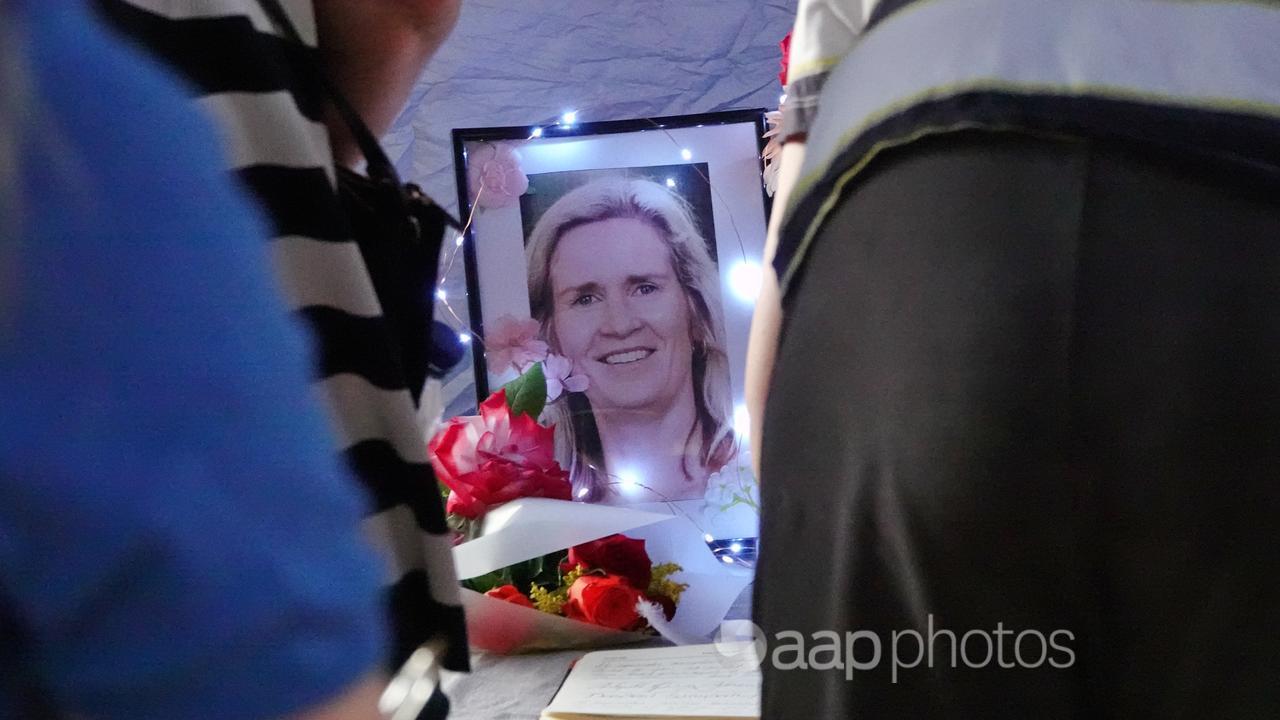
Mining has restarted at the site where a shaft collapse killed Kurt Hourigan, 37, earlier this month as the investigation into his death pushes on.
The emergency evacuation points and firefighting base camp in Ballarat for bushfires in the neighbouring Pyrenees Shire in February have served their purpose, while those displaced wait to see if their insurance will cover the cost of rebuilding.
Despite the community trauma, locals and Australians from further afield have banded together in solidarity, offering meals to Ms Murphy’s family, tools to the displaced and raising funds to help support Mr Hourigan’s six-year-old daughter, who will make her way in the world without her dad.
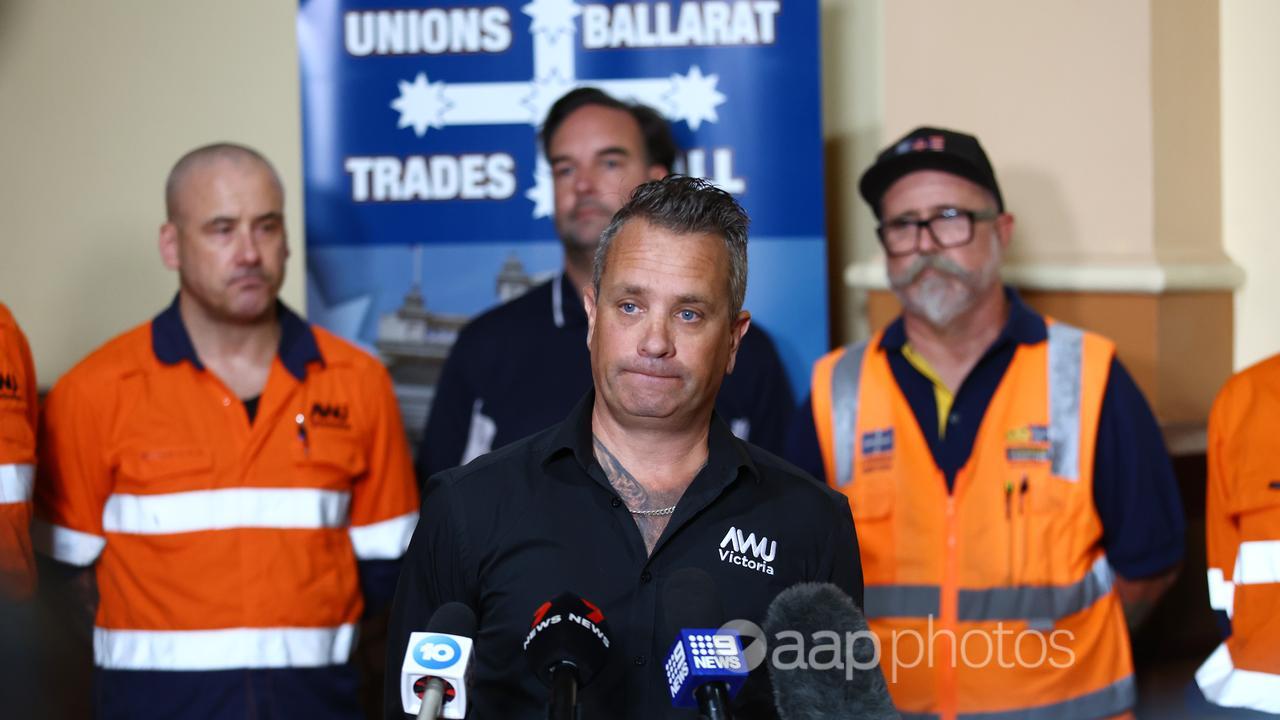
Ballarat mayor Des Hudson said the support from within and beyond the community had been heartening.
“Communities can be quite resilient when trauma is unfolding, when issues of disaster are unfolding,” Mr Hudson told AAP.
He said tragedies could be triggering for those who had similar experiences in the past, not just those directly affected.
“The community has a great way of galvanising together to want to support one another.”
In early March, more than a month after Samantha Murphy’s disappearance, hundreds of community members came to mourn together in a vigil, holding up their phones as torches as the sun fell over Ballarat’s Eureka Stockade Memorial Garden.
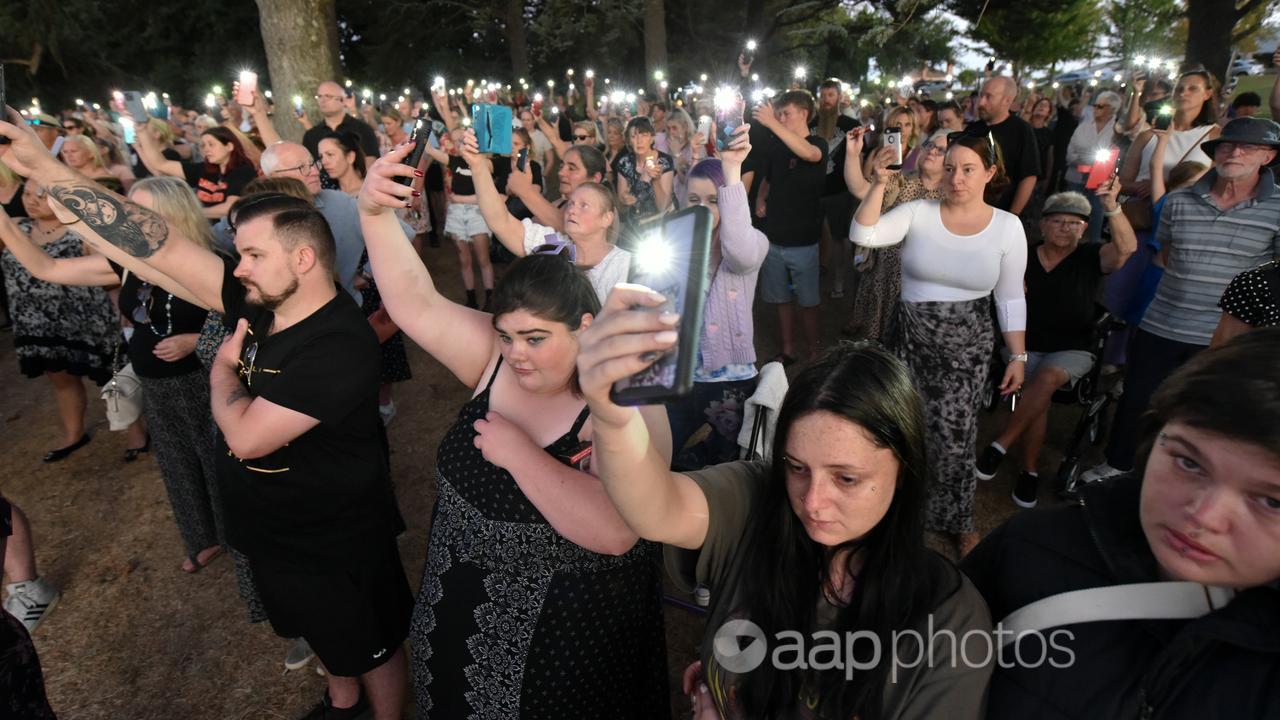
“There were people that were sitting in quiet reflection for a common purpose that were just wanting to be together and show that sign of solidarity,” Mr Hudson said.
Sharing the weight of tragedy is crucial for communities dealing with trauma, Australian Psychological Society president Catriona Davis-McCabe told AAP, particularly when faced with multiple tragedies or disasters.
“When something traumatic happens repeatedly, it’s often helpful for a community to come together and to be able to support each other,” Dr Davis-McCable said.
“Or sometimes what we find is if there isn’t support in place, they don’t come together, and those multiple traumas add up and lead to communities just feeling devastated and often unable to cope.”
She said an open discourse was key to help community members deal with complex emotions in the aftermath.
“It might be anger, or anxiety, it might be depression, or even sometimes guilt,” she said.
“All of these feelings are quite normal for a community to experience and it’s really important to try and normalise this to people and bring them together so they are able to reach out for support if they need it.”
Without the proper support, she said, compounding grief can result in post traumatic stress disorder (PTSD).
“We can see this within first responders, but this can also happen within a community … and people need to be aware of the symptoms.”
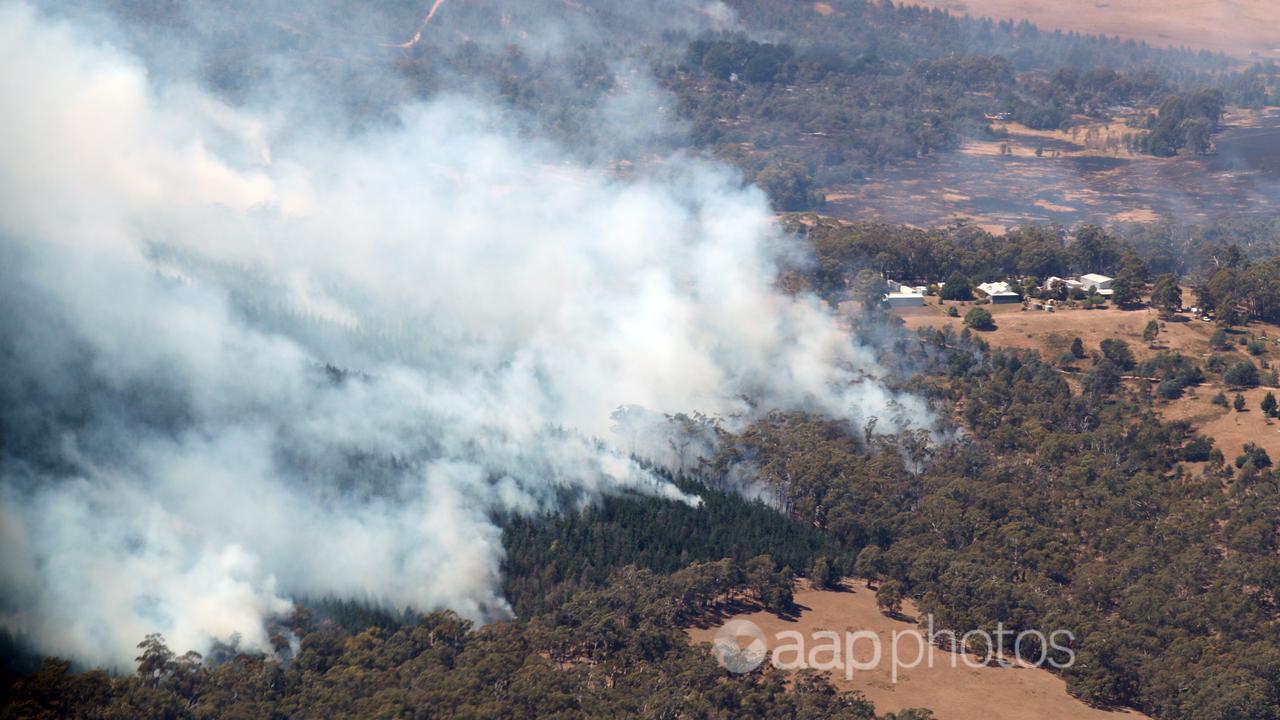
Post traumatic stress can present as flashbacks, nightmares, an avoidance of people or places, or general anxiety and trouble sleeping.
“We need to educate people so that they can understand what these symptoms are and think, ‘This might not just be me, this is happening because of something so traumatic that I’ve experienced, and I can get help with this’,” Dr Davis-McCable told AAP.
This is especially true of first responders and emergency volunteers, who tend to face traumatic experiences on a regular basis.
“We need to be doing a lot more to support those first responders that are exposed to trauma, it has a profound effect on their lives and also on their families and friends,” Dr Davis-McCable said.
“We need to look at early intervention and prevention and not just responding to disasters that are happening more frequently.”
The Country Fire Authority, which was closely involved in the Western Victorian fires and the early stages of the search for Samantha Murphy, told AAP it was equipped to support members both during and after a response.
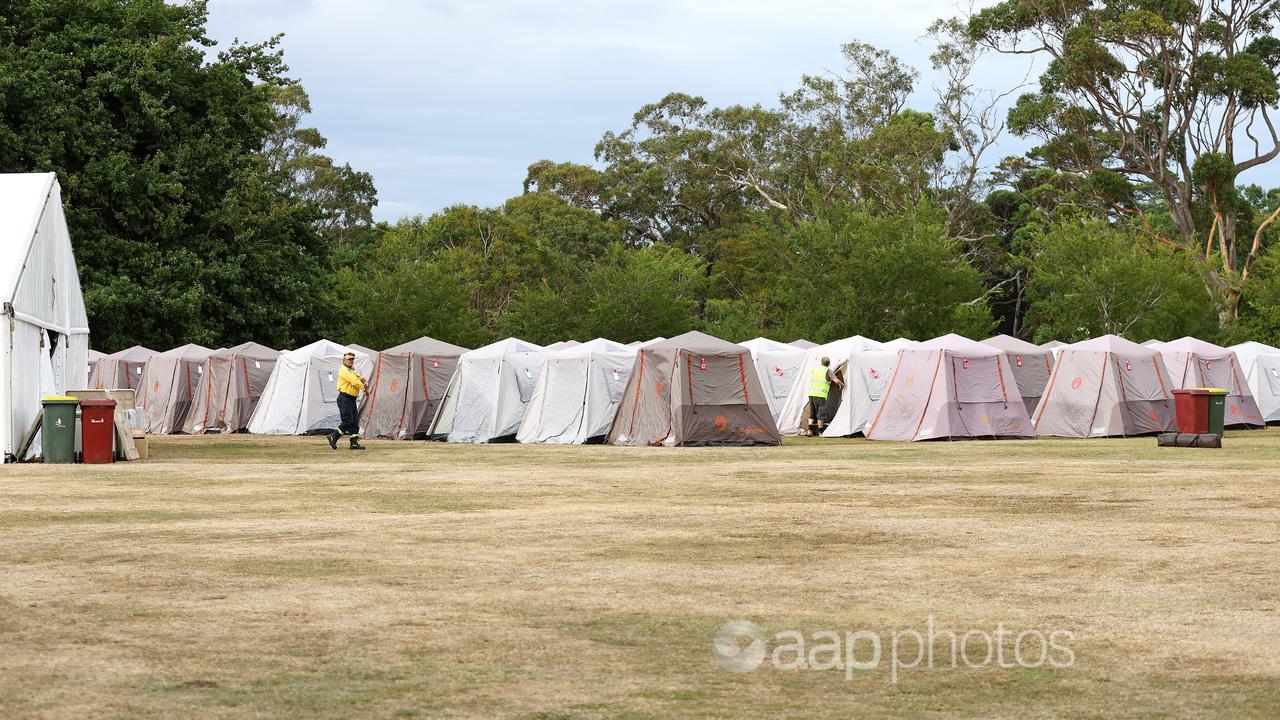
“This includes facilitating immediate support to members and their families, establishing inter-agency communication channels to leverage support and gathering intelligence to inform the ongoing impact assessments to guide proactive support,” a CFA spokesman said.
The volunteer organisation said it conducted ongoing peer support, social support, wellbeing check-ins, and specialist referrals where required.
The Australian Psychological Society has backed federal government efforts to boost psychologist numbers, but an industry-wide shortage remained.
“The waitlists are slowly beginning to change,” Dr Davis McCable said, but added post-pandemic cuts to treatment rebates from 20 to 10 sessions under the Better Access Scheme was leaving some people behind.
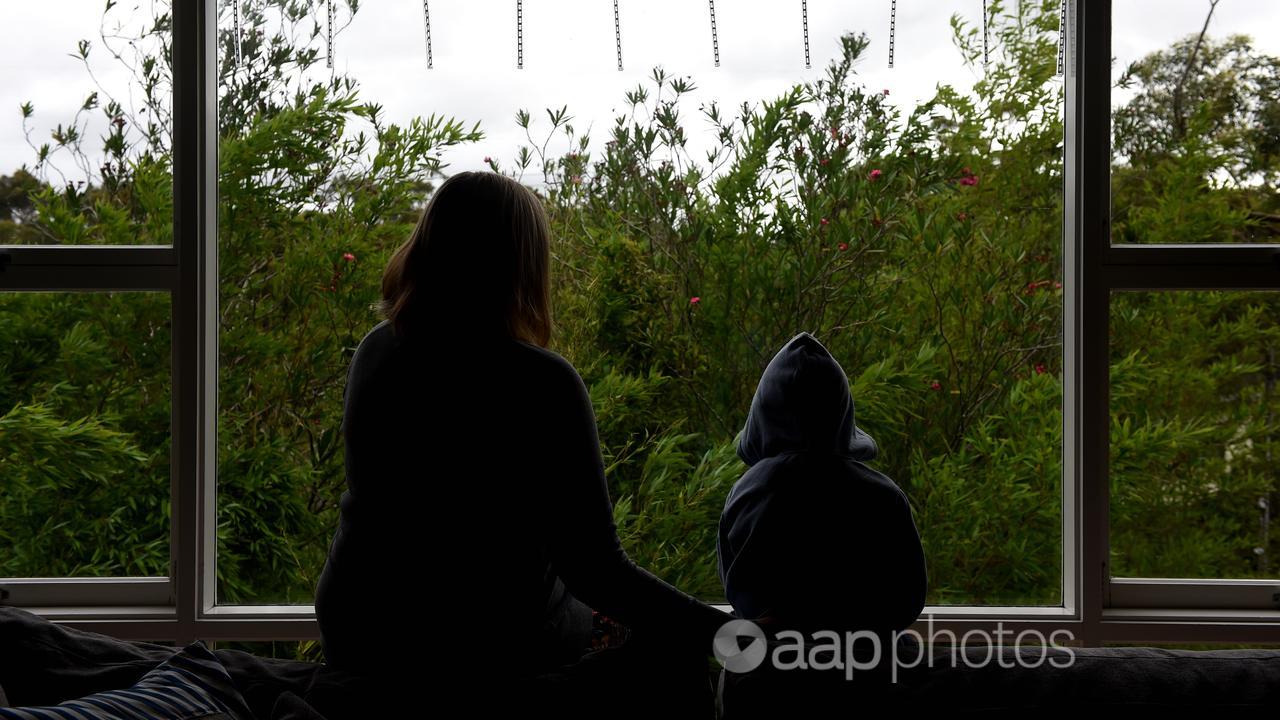
“What we’re finding is people with significant trauma are not being adequately treated,” Dr Davis McCable said.
“The research shows that with something like post traumatic stress disorder, it’s around 18 to 20 sessions that’s required.
“So then we see this revolving door of mental health issues where people keep returning year after year because they haven’t been able to afford to pay for their full dose of treatment within that year.”
Federal health minister Mark Butler has rejected calls to redouble subsidised sessions under Better Access, claiming the scheme was intended for mild to moderate disorders, was limited by inequitable access and ultimately constrained availability.
The additional sessions bottleneck supply for people trying to get into the scheme, and 45,000 more people got access to therapy in 2023 than in 2022, he said earlier this year.

